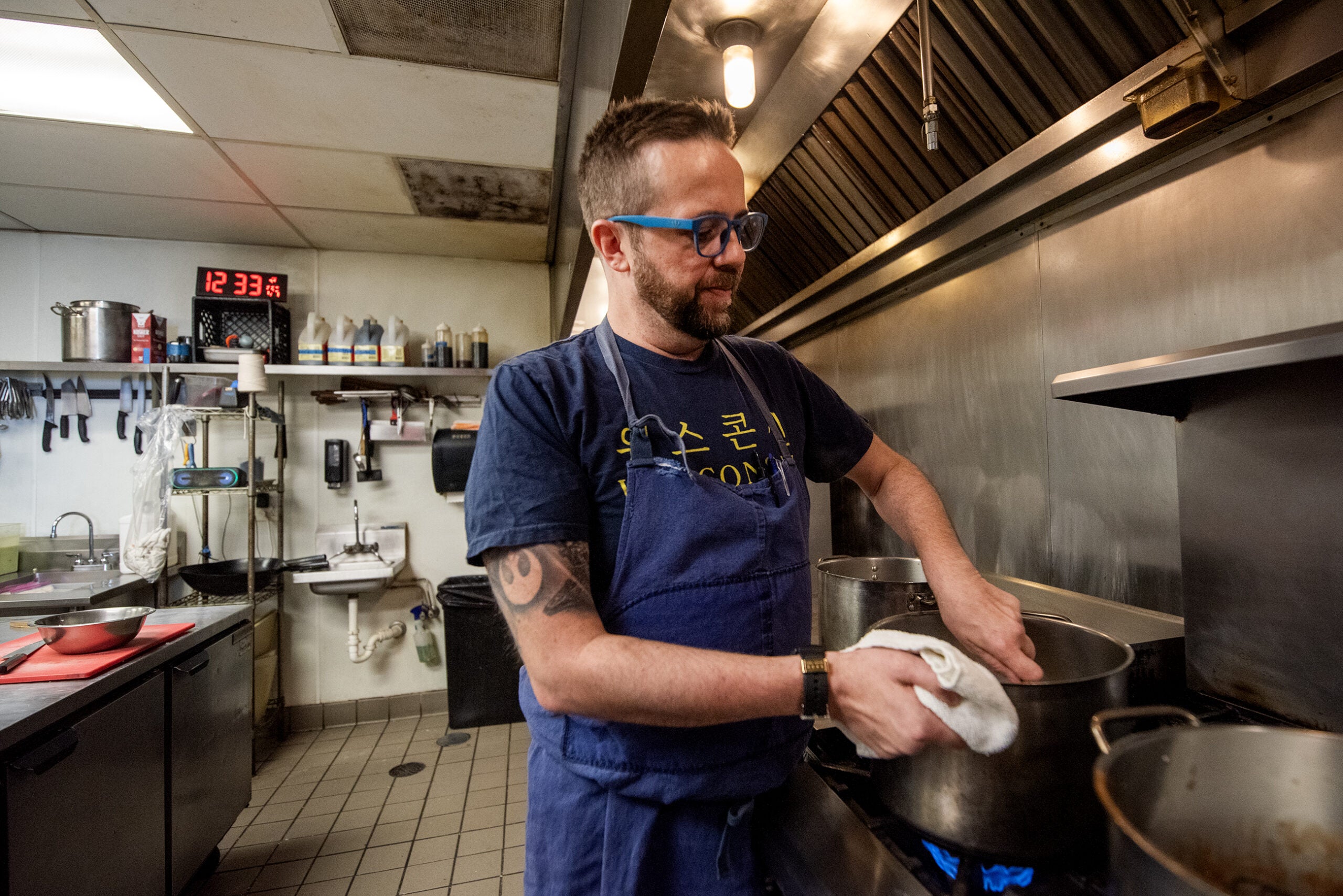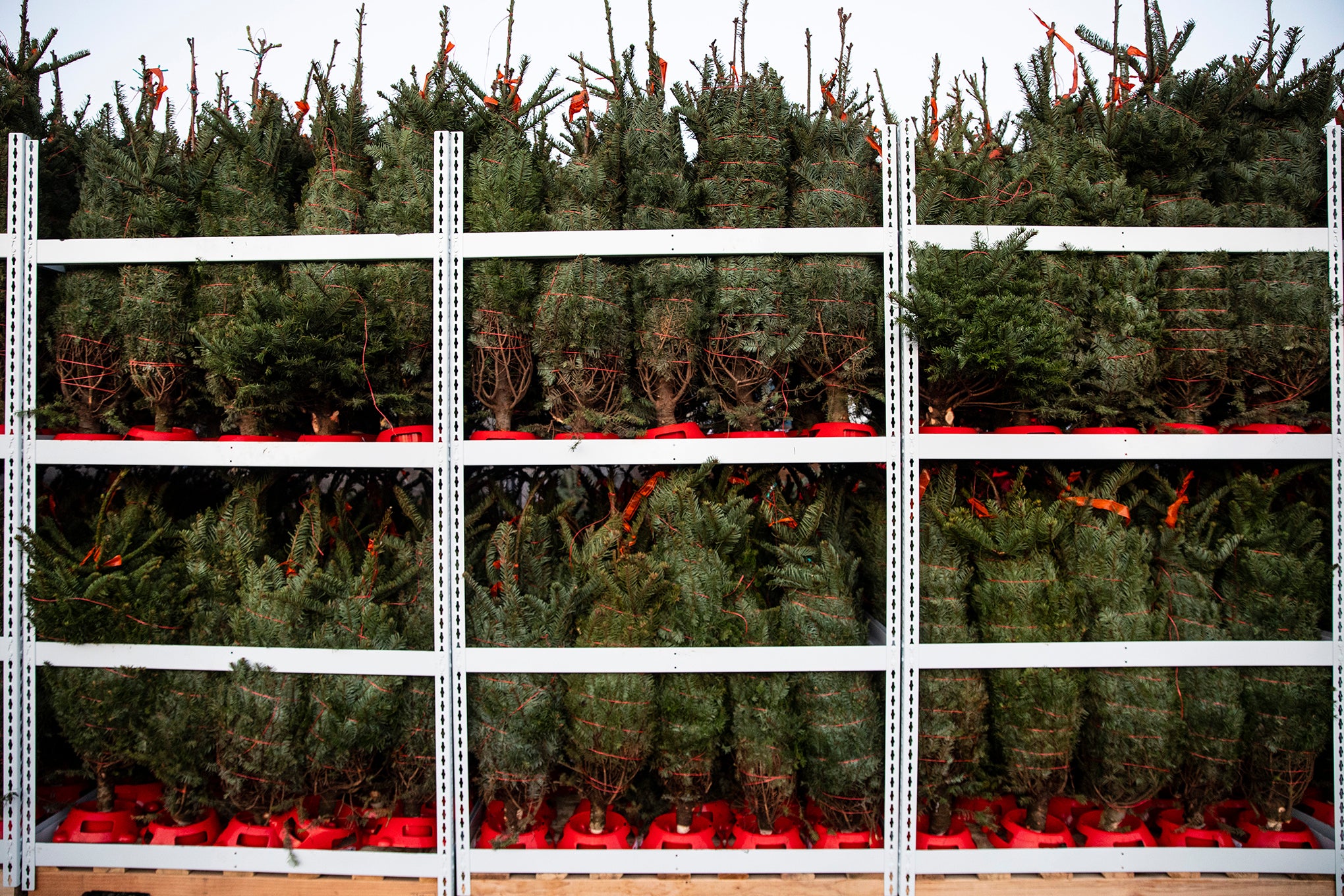Did you know home composting can be a way to help manage yard materials and food? Larry and his guest discuss how to get started and what kind of composting may work for you.
Featured in this Show
-
Tips For Using Compost To Improve Soil Health
Composting offers a way to take food scraps plus yard materials like leaves and grass clippings and make use of them to help the soil.
Those materials, plus bacteria and other organisms, transform the waste into what Joe Van Rossum calls a ‘valuable soil amendment’ that can be spread on gardens and lawn. That helps make healthy soil and healthy plants, he said.
“The compost feeds the organisms that live in our soil and those organisms help make nutrients like nitrogen and phosphorus available for plants to use and grow,” said Van Rossum, a natural resources educator for University of Wisconsin-Cooperative Extension.
Compost piles or structures can go just about anywhere in a yard, Van Rossum said, but he suggested looking for a spot where it will be used and is convenient to get to. For those who want to keep it near a building, Van Rossum advised leaving a gap of at least 3-5 feet.
“You want to have enough space around it so you can work,” he said.
Materials that can be composted include dry leaves, straw, eggshells, and any peel from a fruit or vegetable. A more detailed list is available from UW-Extension. However, a note from Van Rossum – citrus peels tend to have an oil that’s a little acidic, and it takes a bit longer for things like orange peels to decompose.
Bread is another food scrap that can be composted, but be warned, grains have a tendency to attract rodents, Van Rossum said. To discourage them, he advised making sure a compost pile is damp by, “adding moisture so it feels as damp as a rung-out sponge.” That, he added, will discourage rodents from thinking a compost pile will be a warm and dry place.
There are a few ways to test if compost is ready. One is by looking at it, Van Rossum noted. If it’s ready, “it’s going to be dark brown, it’s going to be crumbly, and you’re not going to be able to recognize any of the ingredients that you used to make the compost.”
Another way to test it is to put a few handfuls of it into a bag that zips and close it for 5 to 7 days. If you open it and it smells of ammonia or rotten egg, the compost isn’t quite ready for use.
“Let it sit for a little while longer and cure and … mature,” he said. “Once it no longer has that odor to it, it’s ready to use in your yard and your garden.”
Van Rossum said that if one were to put a fertilizer label on compost, it would show that it’s usually one percent nitrogen, one percent phosphorous, and one percent potassium.
“But really compost is so much more than just a fetilizer because it brings so much else along with it,” he said.
For example, for someone with clay soil, compost allows clay soils to be more workable.
“It loosens that soil up. it allows moisture to penetrate and move through it much more easily than if you hadn’t added the compost to it,” he said.
When it comes to sandy soil, adding compost can help with water retention, according to UW Extension. It also helps provide nutrients that may not be there otherwise.
Composting can seem like a lot of work. However, Van Rossum said, the fun thing is that a person can decide what kind of composter they want to be, ranging anywhere from taking it ‘cool and easy’ to being ‘enthusiastic’ and having multiple piles going at once.
Episode Credits
- Larry Meiller Host
- Breann Schossow Producer
- Joe Van Rossum Guest
Wisconsin Public Radio, © Copyright 2024, Board of Regents of the University of Wisconsin System and Wisconsin Educational Communications Board.




